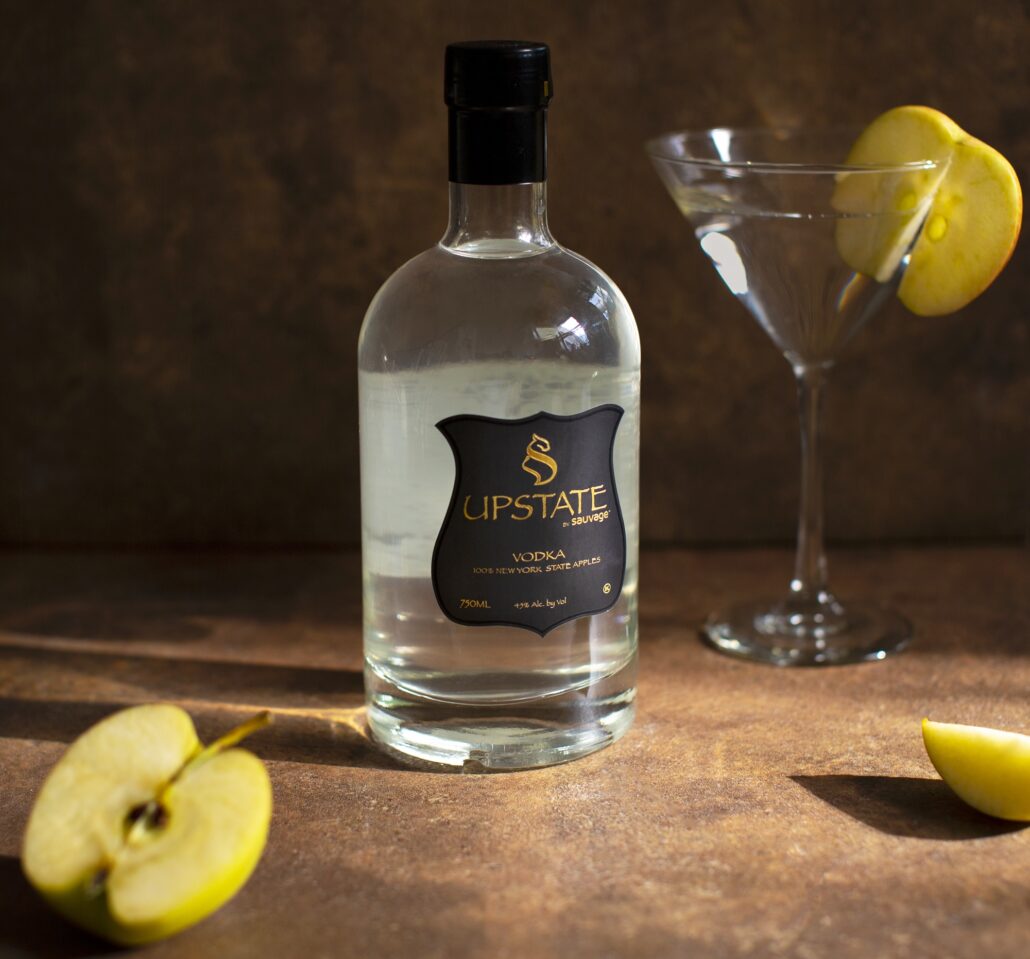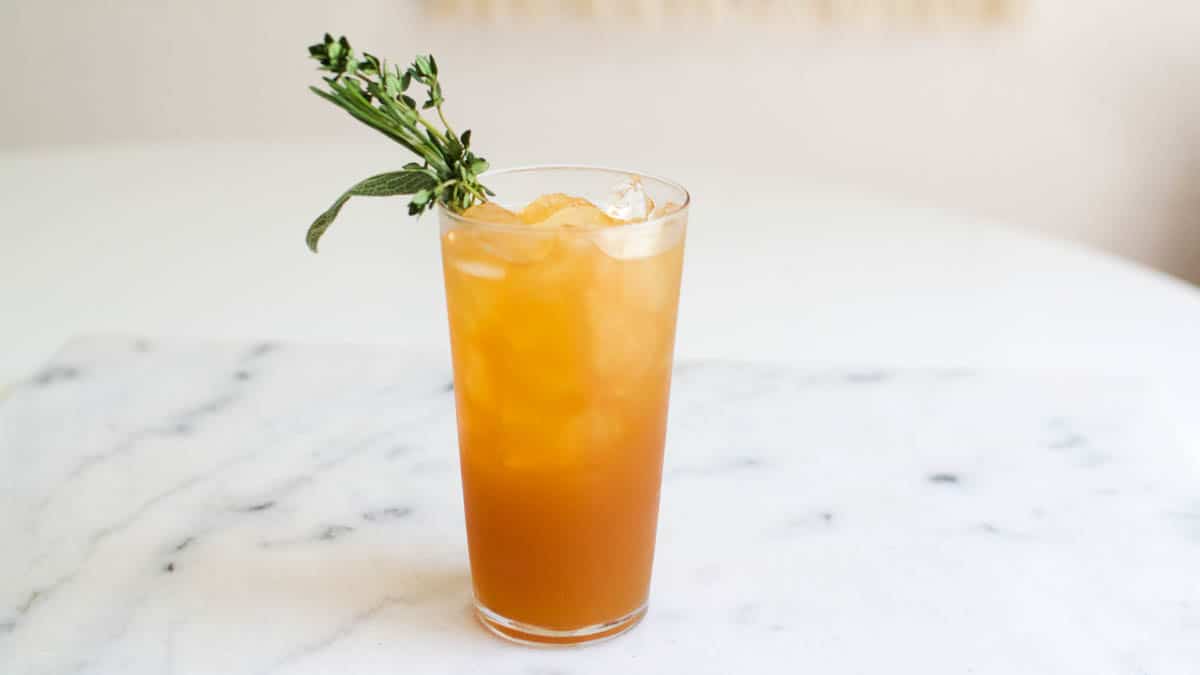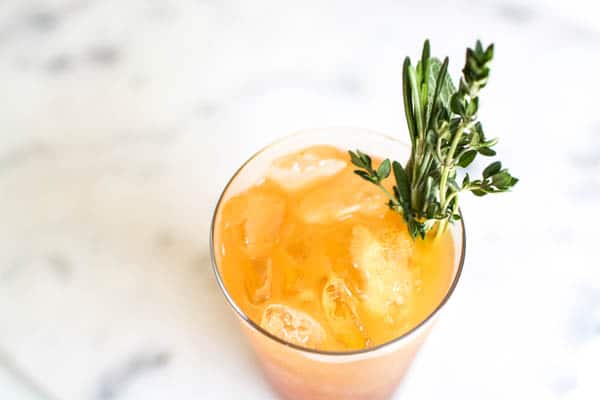

We just followed the directions on the label.Ģ1. We then re-hydrated the yeast following the directions on the label.Ģ0. We cooled the mash down to 70 degrees with a wort chiller and then siphoned the mash into a 6.5 gallon fermenter.ġ8. This wine yielded us 8.5% when it fermented down to 1.000ġ7. During testing If the starting gravity was low we would have added more sugar until the starting gravity around 1.065. We took another gravity reading after adding the 6 pounds of sugar and we were right around the target of 1.065. It all depended on how much sugar the apples contained.ġ6. We found during testing that anywhere between 4-10 pounds of sugar could be needed to reach our starting gravity of 1.065. Added 6 pounds of cane sugar while the mixture was heating up to 162F. We turned the heat on and started heating the kettle.ġ5. Mixed the apple juice and water together.ġ4. Added 4 gallons of water (or enough to reach 5.5 gallons total volume).ġ0. Once all of the apples were juiced, we added the juice into the mash pot.ĩ. Collected the apple juice in a sanitized bucketĨ. Added the ground apples to the fruit press.ħ. Added the apples to the apple grinder and grinded them to a pulp.Ĥ. We picked a half bushes of apples. When making apple wine the more acidic and sour varieties of apples are best (Winesap, McIntosh, and Jonathans all work great)ģ.

It produces an awesome apple "shine" using a secret mix of spices and off the shelf alcohol! Mashing And Fermentation Process 1. If you're into short cuts, you might want to check out our Apple Pie Moonshine Spice Kit before reading the rest of this recipe. Time to Ferment: 7-14 Days (can vary depending on yeast and temp).Brewing/Wine hydrometer or refractometer.Pleasant Hill MacIntosh Fruit Press 3-5 Gallon.


The brand we used required 1/2 tsp per gallon)


 0 kommentar(er)
0 kommentar(er)
